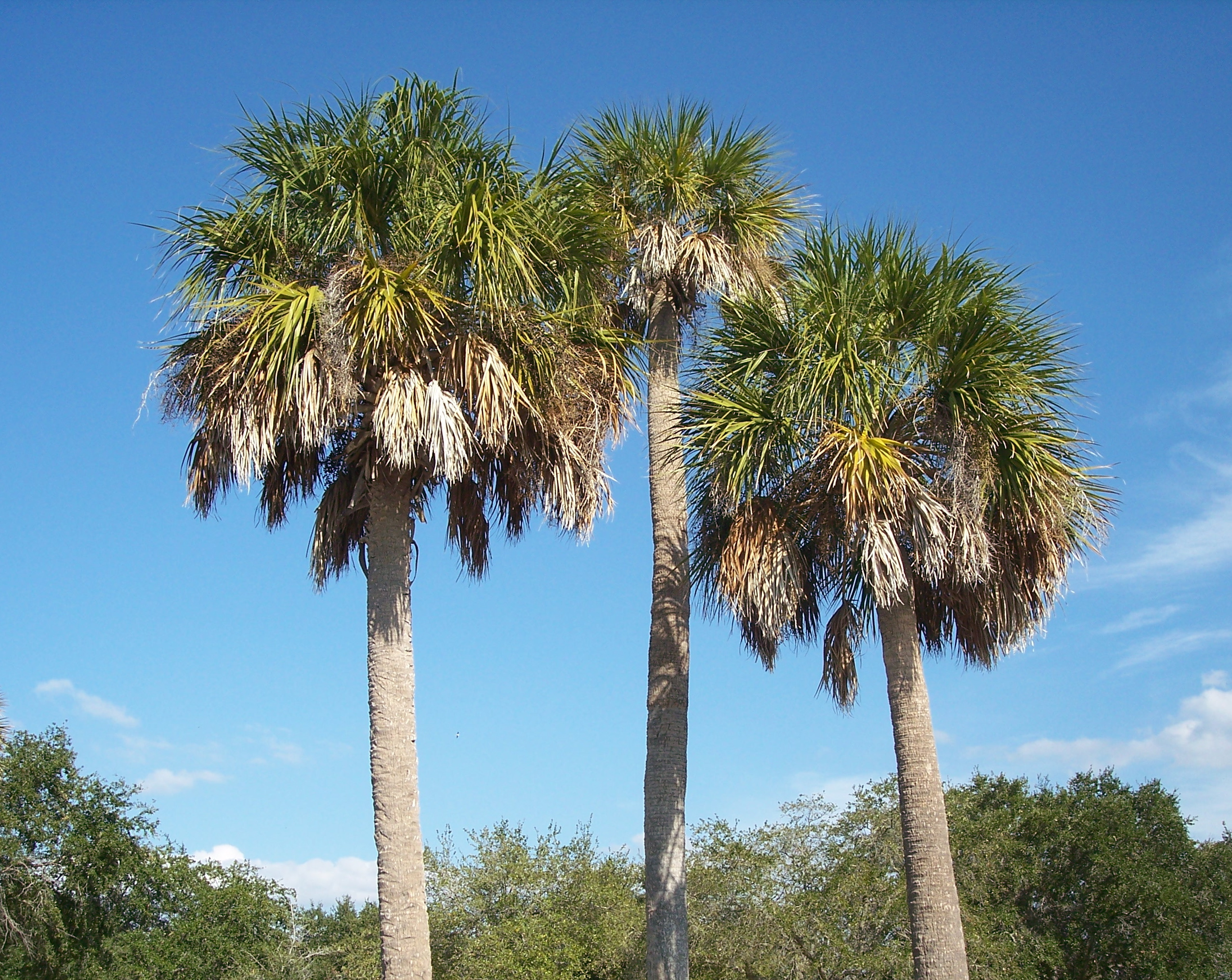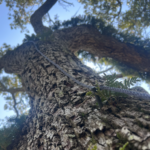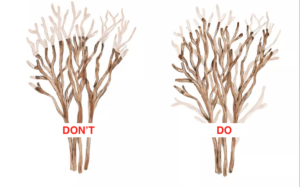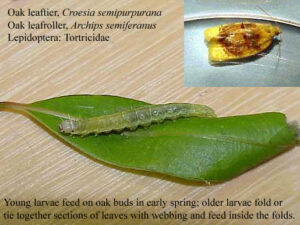Palm Trees and Palm Tree Health in Florida: Tips for Thriving Palms
Palm trees are iconic symbols of Florida’s sunny landscapes and tropical vibes. They come in various sizes and shapes, adding a touch of paradise to yards, parks, and beaches. However, just like any other tree, palm trees need proper care to stay healthy and beautiful. In this article, we’ll explore some essential tips for maintaining palm trees and ensuring their health in the Florida climate.
Choosing the Right Palm:
Florida is home to numerous palm tree species, each with its unique characteristics and requirements. When selecting a palm tree for your property, consider factors like size, growth rate, and cold tolerance. Some popular palm species that thrive in Florida include the Queen Palm, Canary Island Date Palm, and Foxtail Palm.
Planting and Soil:
Proper planting is crucial for palm tree health. Ensure that the planting hole is wide enough to accommodate the root ball without crowding the roots. Use well-draining soil enriched with organic matter to promote healthy root development. Avoid planting palms too deeply, as this can lead to root rot.
Watering:
Palm trees need regular watering, especially during their establishment period. Water deeply and infrequently, allowing the soil to dry out between waterings. Young palm trees may require more frequent watering until they become established. Be cautious not to overwater, as excessive moisture can lead to root issues.
Fertilizing:
Providing proper nutrients is essential for palm tree health. Use a balanced palm tree fertilizer with essential nutrients like potassium, magnesium, and manganese. Apply fertilizer according to the manufacturer’s recommendations and avoid applying it too close to the trunk.
Pruning:
Palm trees naturally shed their older fronds as they grow. However, it’s essential to prune palms carefully to avoid damaging the tree. Remove only brown or dead fronds, leaving green, healthy fronds untouched. Trimming off green fronds can weaken the tree and make it more susceptible to disease.
Pest and Disease Management:
Palm trees in Florida are vulnerable to certain pests and diseases, such as palm weevils and lethal yellowing disease. Regularly inspect your palms for signs of pest infestations or disease symptoms, like wilting or yellowing fronds. If you notice any issues, consult with a certified arborist or horticulturist for appropriate treatment.
Protecting from Cold Weather:
While Florida’s climate is generally warm, occasional cold spells can pose a threat to some palm species. Covering young palms or providing temporary heat sources during cold snaps can help protect them from frost damage.
Hurricane Preparation:
Living in Florida means dealing with hurricane season. Properly maintained palms are better equipped to withstand strong winds and storms. Remove dead or weak fronds before hurricane season and secure loose fronds to reduce potential damage.
In conclusion, palm trees are beloved additions to Florida landscapes, but they require care and attention to stay healthy. Choosing the right species, proper planting, watering, fertilizing, and regular maintenance are essential for palm tree health in the Sunshine State. By following these tips and seeking professional help when needed, you can enjoy thriving and vibrant palm trees that add beauty and charm to your surroundings.




